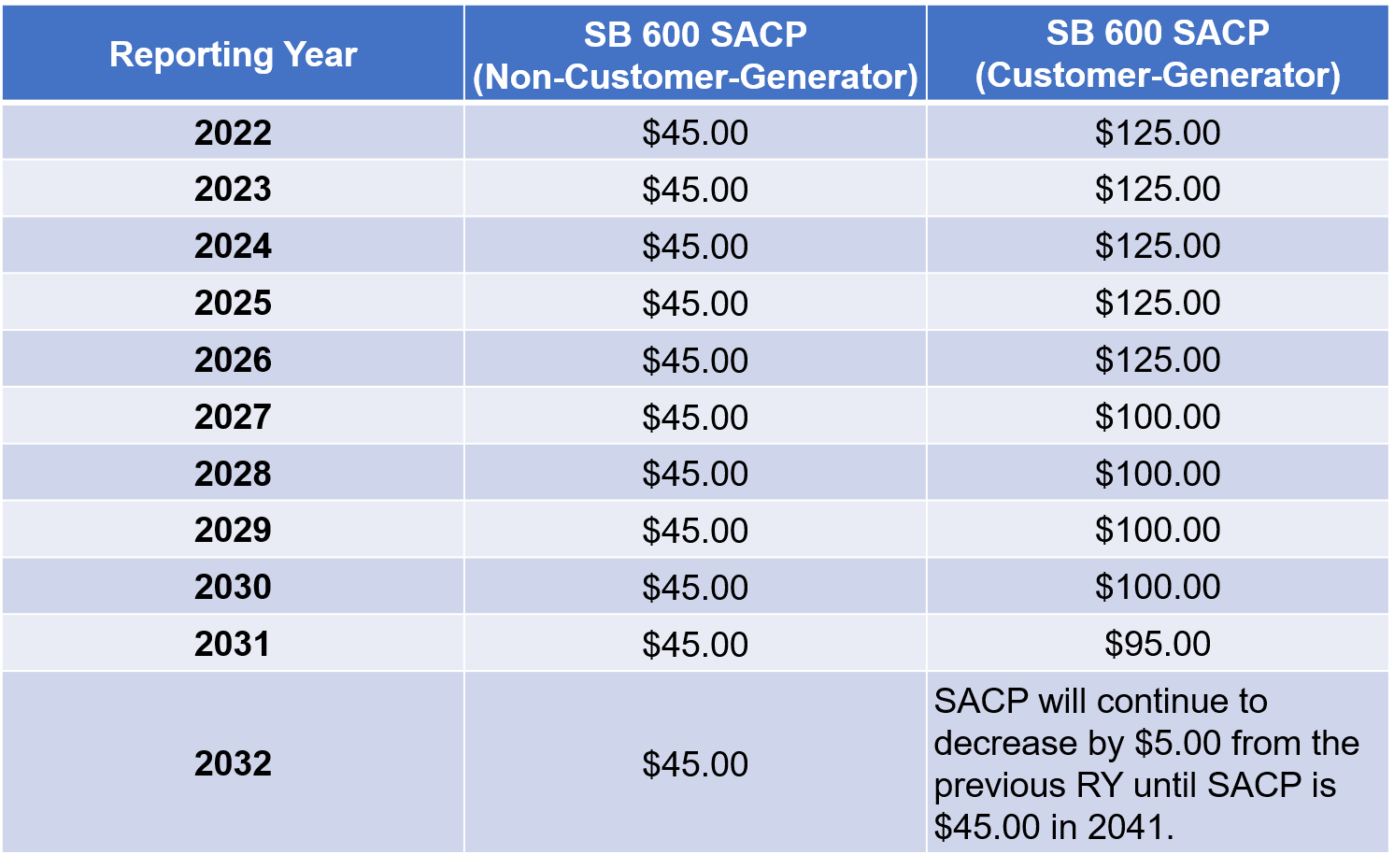
SRECTrade is excited to announce its new HelioScope integration, allowing users to seamlessly transfer data between the online platforms. This new feature provides SRECTrade applicants with the ability to import project details from HelioScope to prefill fields in the SRECTrade project application. The integration will save time for SRECTrade’s partners and reduce the chance of error during the renewable energy credit (REC) application process.
To import HelioScope project details, a HelioScope user needs to obtain an API Token and connect it with their SRECTrade account. This will allow the user to utilize the information stored in HelioScope to populate REC application fields such as facility type, owner details, array setup, and more. For more specific instructions on how to utilize the HelioScope integration, please email installers@srectrade.com.
The HelioScope integration is the latest chapter in SRECTrade’s history of REC management and transaction innovation. Other recent technology advancements by SRECTrade include partnerships with eGauge and Fronius to allow solar owners using these inverter and meter products to automatically report their production to PJM-GATS, the REC tracking registry for much of the Midwest and Mid-Atlantic.
SRECTrade is always working toward automating the onboarding and management of assets in environmental commodity markets. For more information on technology integrations and partnerships, please reach out to clientservices@srectrade.com.
A copy of the full press release can be found here.
Tweet











